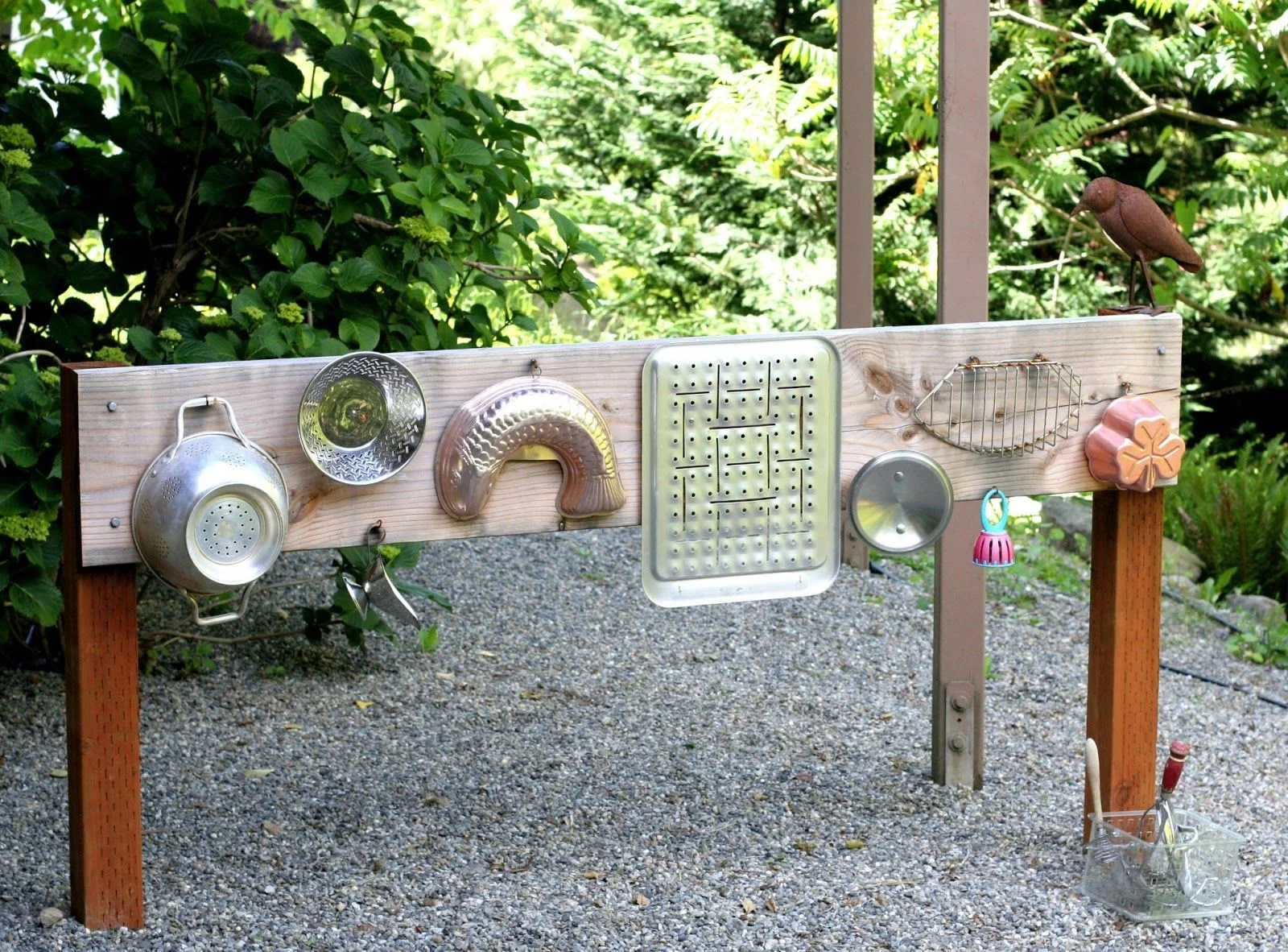Loose parts are all the rage in preschools today. Random and common items can be used by children to create something from anything- the possibilities are as open and creative as a child’s imagination.
But are there loose parts in music? But of course. This blog will explore how musical materials (parts) might be used in open-ended play settings?
Loose Parts Theory
In 1970's architect Simon Nicholson first proposed the idea that the use of loose parts in play is a highly creative activity. Loose parts are materials that can be manipulated, connected, disconnected, and used in a myriad of open and creative ways. Loose parts is all about the imagination.
Musical Parts?
So, are there loose musical parts in a child’s environment? A big “resounding” yes! Sounds and music are everywhere- even starting in the womb. Musical parts, along side aural aspects of language, are heard and manipulated constantly in order for babies and young children to communicate and make sense of their world. In addition, music and language are inextricably linked and have many common elements that we all creatively manipulate from birth and throughout life.
Music is a natural part of the child’s environment.
Music is a natural part of a child’s environment. Whether playing in the backyard, or at home or school, adults can easily observe children singing, chanting, dancing, or using objects as instruments. The sounds children are making are direct expressions of their thoughts and emotions.
Music Loose Parts- Basic Principles
1- Music parts are easy to arrange and manipulate
2- Natural and quality materials are used for tone and sound quality production
3- Music parts are chosen to create interesting, meaningful, aesthetic sounds- not noises
4- Playful and imaginative processes are encouraged with possibilities for both socialization and personal exploration
Now For Some Loose Parts Music Ideas!
Jam-a-long
Provide attractive instruments and a variety of quality music recordings that children can select and allow them to “jam” with the music
Improvise
Provide pitched instruments such as xylophones, glockenspeils, free chimes, and other pitched instruments set into pentatonic scales (i.e. CDEGA notes)
Sound Wall
Allow children to attach instruments and objects to hooks. Provide yarn and rubber mallets for striking
Sound Play Centers
Create imaginative centers with colorful accompanying visuals and an assortment of varied instruments
Dynamics (storms) pictures of rain, dark clouds, lightning, and sun coming through clouds.
Children create a storm story with sound effects, using instruments and/or their voices and bodies.
Tempo (transportation) Use pictures of cars, trucks, trains, airplanes for inspiration
Children pretend to take a trip which starts slow, gets fast, and then slows down again using instruments and/or their voices and bodies.
Tempo (animals moving) pictures of animals
Children pretend to be animals moving moving at different speeds with the accompaniment of instruments and/or their voices and bodies.
Timbre (sound effects for stories)
Favorite stories are brought to life with sound effects which represent characters and events using instruments and/or their voices and bodies.
Pitch (draw and play “doodles”)
Children draw horizontal lines or “connect the dots” then, using instruments and/or their voices, they perform the pitch contours they created.
Rhythm (perform sound duration patterns)
Children create “notation” of short, long, and very long patterns and perform them on percussion instruments
Form (create a music “train”)
Allow children to create their own invented music symbols to represent music they make up. Arrange different music to create a larger musical form for performance.
Singing
Sing-a-long music books
Children read stories that have accompanying songs or make up their own songs about the story.
Excellent resource for great books here https://www.lineupthebooks.com/40-singalong-books/
















